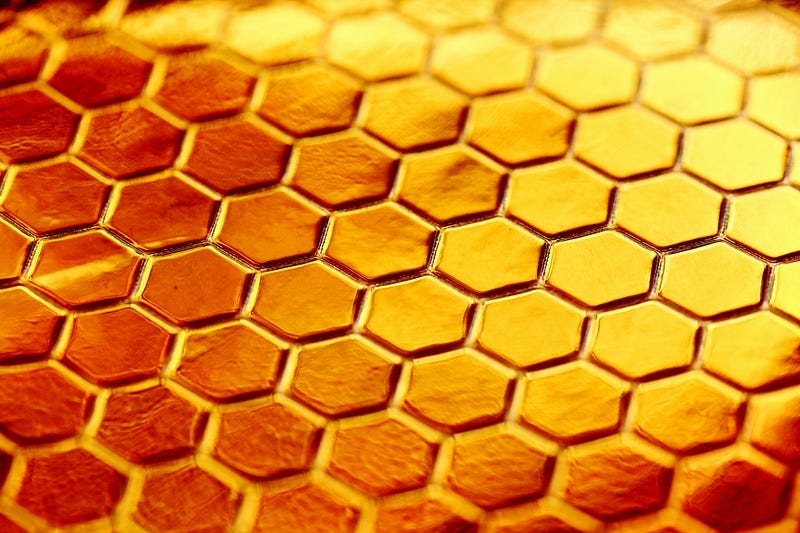Their Applications in Complex Problem-Solving

Introduction
Nature, through the relentless process of evolution spanning billions of years, has developed sophisticated solutions to complex problems of survival, optimization, and adaptation. From the emergent intelligence displayed in ant colonies to the elegant efficiency of natural selection, biological systems offer profound insights for computational problem-solving. This essay examines the theoretical foundations, implementations, and future implications of nature-inspired computing algorithms.
Theoretical Foundations of Biomimetic Computing
The Evolution of Computational Biomimicry
The field of nature-inspired computing emerged from the recognition that biological systems solve complex problems through simple, distributed rules. Early pioneers like John Holland, who developed genetic algorithms in the 1960s, recognized that evolutionary principles could be applied to computational problems. This insight has led to a rich ecosystem of bio-inspired algorithms that leverage natural phenomena for problem-solving.
The fundamental principle underlying these approaches is that nature has already solved many of the complex optimization problems we face in computing. Through careful observation and abstraction of biological processes, we can translate these solutions into computational frameworks.
Core Principles of Natural Computing
Natural computing systems typically exhibit several key characteristics:
Emergent behavior from simple rules
Distributed decision-making without central control
Adaptability to changing conditions
Robustness through redundancy and parallel processing
Solution optimization through iterative improvement
Major Categories of Nature-Inspired Algorithms
Swarm Intelligence Algorithms
Swarm intelligence represents one of the most successful translations of biological principles into computational methods. These algorithms derive from the observation of collective behavior in social insects and other animal groups.
Ant Colony Optimization (ACO)
ACO algorithms simulate the pheromone-based communication systems of ant colonies. When ants discover food sources, they deposit pheromone trails that other ants follow, naturally reinforcing optimal paths. In computational terms, this roughly translates to:
# Pseudocode Example Simplified Ant Colony Optimization
def initialize_pheromones(graph):
# Initialize all paths with a small amount of pheromone
def select_path(ant, graph, pheromones):
# Ant probabilistically chooses paths based on pheromone levels and distance
def update_pheromones(graph, ants, evaporation_rate):
# Decrease pheromones on all paths (evaporation)
# Ants deposit pheromones on the paths they traveled
def find_shortest_path(graph, num_ants, iterations):
initialize_pheromones(graph)
for _ in range(iterations):
for _ in range(num_ants):
ant = deploy_ant()
select_path(ant, graph, pheromones)
update_pheromones(graph, ants, evaporation_rate)
return best_pathParticle Swarm Optimization (PSO)
PSO algorithms model the collective movement patterns of bird flocks and fish schools, where individuals adjust their behavior based on personal experience and social information.
Evolutionary Computing Paradigms
Evolutionary algorithms represent another major category, drawing inspiration from natural selection and genetic mechanisms.
Genetic Algorithms
These algorithms implement computational analogues of:
Inheritance through solution encoding
Mutation for exploration of solution space
Crossover for combination of successful strategies
Selection pressure for optimization
Applications in Contemporary Computing
Complex Optimization Problems
Nature-inspired algorithms have proven particularly effective in solving:
Network routing optimization
Resource allocation problems
Manufacturing scheduling
Supply chain optimization
Financial portfolio optimization
Machine Learning Integration
Modern applications increasingly combine nature-inspired algorithms with machine learning:
Neural network architecture optimization
Feature selection in deep learning
Hyperparameter tuning
Reinforcement learning policy optimization
Emerging Trends and Future Directions
Hybrid Systems and Algorithm Fusion
Contemporary research explores the integration of multiple nature-inspired approaches, creating hybrid systems that leverage the strengths of different biological models. For example, combining ant colony optimization with genetic algorithms for enhanced solution discovery.
Quantum Computing Integration
The emergence of quantum computing presents new opportunities for nature-inspired algorithms. Quantum-inspired evolutionary algorithms show promise in solving previously intractable problems.
Artificial Life and Complex Systems
Research in artificial life extends nature-inspired computing beyond optimization, exploring:
Self-organizing systems
Adaptive behavior
Emergent intelligence
Digital ecosystem simulation
Challenges and Limitations
Theoretical Constraints
Despite their success, nature-inspired algorithms face several theoretical challenges:
Parameter tuning complexity
Convergence guarantee limitations
Performance predictability issues
Computational overhead in large-scale applications
Implementation Considerations
Practical implementation challenges include:
Algorithm selection for specific problem domains
Performance optimization for real-time applications
Integration with existing systems
Scalability concerns
Conclusion
Nature-inspired computing represents a powerful paradigm for solving complex computational problems. As our understanding of biological systems deepens and computational capabilities advance, we can expect continued innovation in this field. The future likely holds even more sophisticated algorithms that bridge the gap between natural and artificial intelligence.
The success of nature-inspired computing reminds us that some of our most advanced solutions come from careful observation and adaptation of natural processes. As we face increasingly complex computational challenges, the wisdom encoded in biological systems will continue to provide valuable insights and inspiration.


